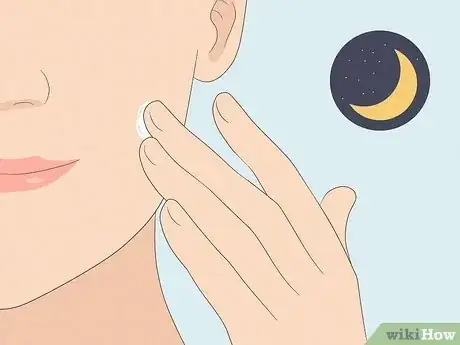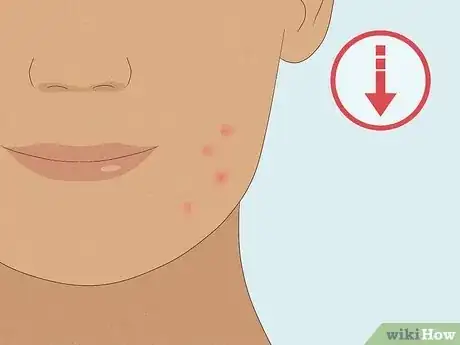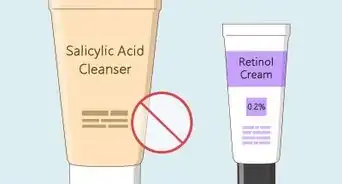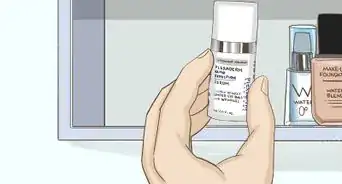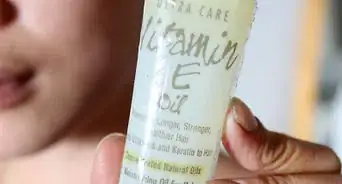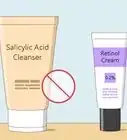This article was co-authored by Alicia Ramos and by wikiHow staff writer, Devin McSween. Alicia Ramos is a licensed aesthetician and the owner of Smoothe Denver in Denver, Colorado. She received her license at the School of Botanical & Medical Aesthetics, with training in lashes, dermaplaning, waxing, microdermabrasion, and chemical peels, and now provides skin care solutions to hundreds of clients.
There are 14 references cited in this article, which can be found at the bottom of the page.
If you’re looking to up your skincare game, you’ve probably heard dermatologists and skincare gurus alike praising salicylic acid and retinol. It sure seems like your skin could benefit from both serums, but is it safe to combine them? Both salicylic acid and retinol are strong skincare products that have amazing benefits, but they need to be applied carefully. In this article, we’ll tell you how to safely add both of these serums into your skincare routine and give you the lowdown on their key benefits. Read on to get your skin glowing, healthy, and happy!
Things You Should Know
- To use both serums in your routine, apply salicylic acid in the morning and retinol at night. Do not apply them on top of each other or at the same time.
- Salicylic acid exfoliates your skin to unclog your pores, remove excess oil, and treat acne.
- Retinol increases cell turnover and collagen production to reduce the appearance of wrinkles, clear away pigmentation spots, and treat acne.
Steps
Warnings
- If you are planning to get pregnant or are currently pregnant, do not use retinol. In some cases, using retinol can cause birth defects.[17]⧼thumbs_response⧽
- If you are breastfeeding, talk to your doctor before using retinol.⧼thumbs_response⧽
References
- ↑ https://my.clevelandclinic.org/health/treatments/23293-retinol
- ↑ https://www.skincancer.org/blog/when-beauty-products-cause-sun-sensitivity/
- ↑ https://www.sciencebecomesher.com/salicylic-acid-and-retinol-together/
- ↑ https://my.clevelandclinic.org/health/drugs/11013-prescription-medications-for-skincare
- ↑ https://www.mayoclinic.org/drugs-supplements/salicylic-acid-topical-route/proper-use/drg-20066030
- ↑ https://www.beautifulwithbrains.com/retinol-salicylic-acid-together/
- ↑ https://www.aad.org/public/everyday-care/skin-care-secrets/anti-aging/retinoid-retinol
- ↑ https://www.instyle.com/beauty/skin/how-to-use-retinol
- ↑ https://www.fda.gov/cosmetics/cosmetic-ingredients/beta-hydroxy-acids
- ↑ https://www.ncbi.nlm.nih.gov/pmc/articles/PMC3366450/
- ↑ https://medlineplus.gov/druginfo/meds/a607072.html
- ↑ https://www.ncbi.nlm.nih.gov/pmc/articles/PMC3366450/
- ↑ https://www.mayoclinic.org/diseases-conditions/acne/in-depth/acne-treatments/art-20045814
- ↑ https://www.dermstore.com/blog/top_ten/best-retinol-creams-serums/
- ↑ https://my.clevelandclinic.org/health/treatments/23293-retinol
- ↑ https://www.ncbi.nlm.nih.gov/pmc/articles/PMC6791161/
- ↑ https://my.clevelandclinic.org/health/treatments/23293-retinol



